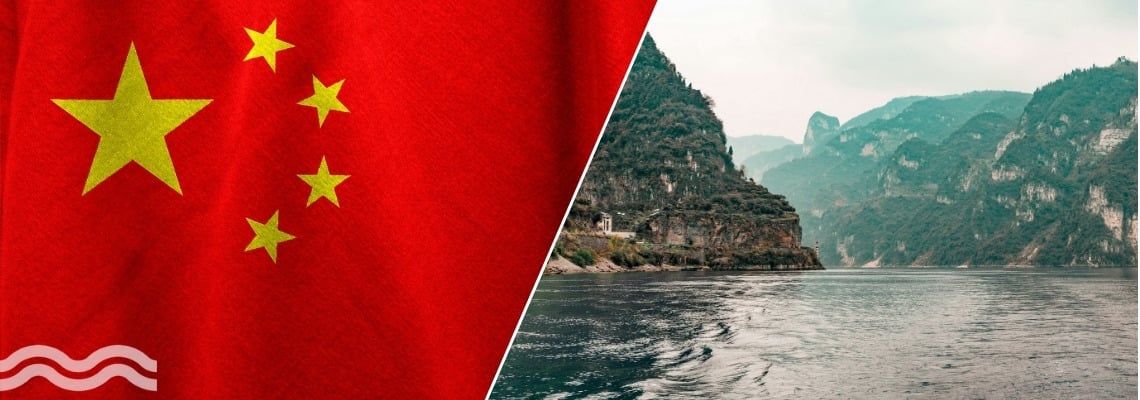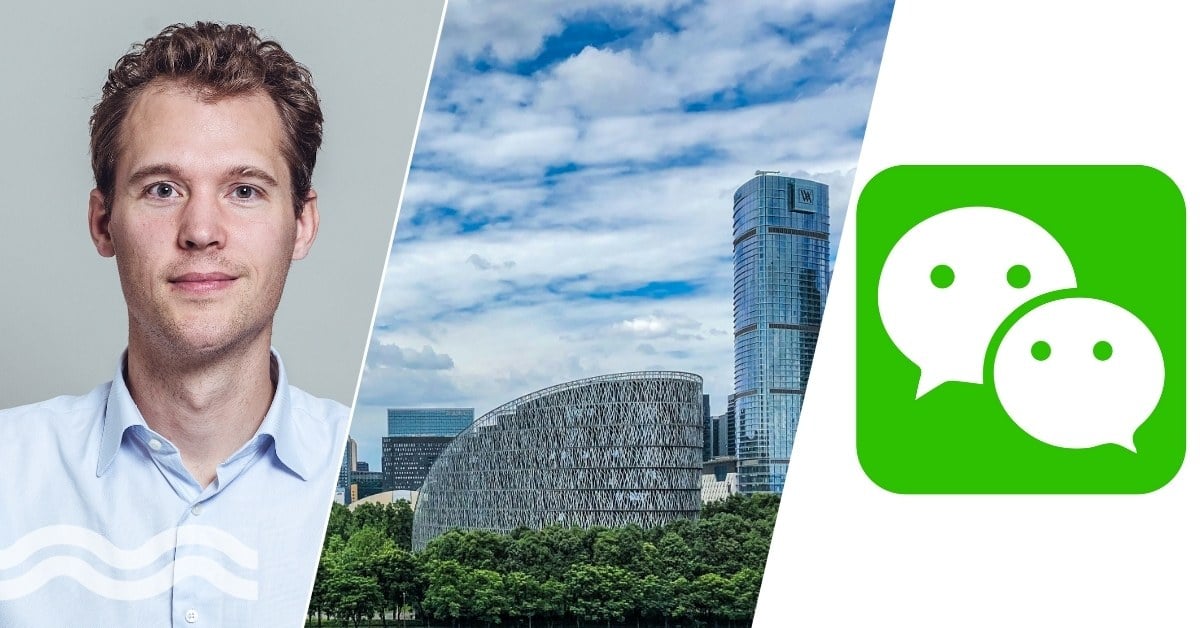China's South-North Water Diversion Project: Navigating progress and challenges
China recently announced that the first phase of its South-to-North Water Diversion Project, which has benefited more than 68 million people in the eastern province of Shandong in its first decade, is progressing. We look into how the enormous infrastructure project is progressing.
China's South-North Water project: a short history
Over six decades in the making, China's ambitious South-North Water Transfer Project is a colossal attempt to address the stark contrast in water resources between southern and northern China.
With its roots tracing back to a visionary statement from Chinese politician Mao Zedong, the project has evolved into one of the largest water infrastructure initiatives globally. However, amidst its engineering triumphs lie complex environmental and societal challenges.
Water shortages have become a huge problem for the world's second-largest economy. China has 20 per cent of the world's population but only an estimated seven per cent of its freshwater water reserves. Experts predict that China's water supply will not be able to meet demand by 2030 if it continues with water use at current levels. Some parts of China are comparable to the Middle East in terms of water resources, and water scarcity could have a massive impact on the economy.
Recent studies by Greenpeace highlight the alarming retreat of glaciers in China. Since the 1950s, 82 percent of glaciers have shrunk, and over a fifth of the ice cover has vanished. This loss has significantly reduced the flow of glacial runoff into the Yangtze River, contributing to freshwater scarcity.
The roots of the South-North Water Transfer Project stretch back to China's long history, where controlling water resources was crucial for power. From ancient times along the Yangtze River to more recent imperial rule, managing water was vital for governance. When the Communist Party took charge in 1949, it marked a new phase of industrial growth and centralised planning.
This period highlighted a stark divide in water availability between the north and south. It was during this time that Mao Zedong proposed the ambitious idea of redistributing water to support the development of the northern regions.
From a vision to reality
Mao's vision became a reality in 2002 when construction began on the project. This colossal undertaking comprises three key routes: the Central, Eastern and proposed Western routes. The Central Route, known as the Grand Aqueduct, extracts water from the Yangtze River's tributaries to supply Beijing, China's bustling capital.
This gravity-fed canal, covering over 1,200 kilometers, showcases remarkable engineering. It uses natural gradients to move water without machinery. Its completion in 2014 marked a significant advancement in China's infrastructure, ushering in a new era of water distribution.
While the Central Route showcases modern engineering prowess, the Eastern Route blends tradition with innovation. Building upon the ancient legacy of the Grand Canal, this route aims to transport water from the Yangtze River to northern cities like Tianjin. Spanning over a millennium of history, the Grand Canal symbolises China's ability to adapt and prosper using its waterways.
However, modernising the Eastern Route poses challenges in balancing heritage preservation with technological advancement, evident in the proliferation of pumping stations and upgraded infrastructure.
China's aspirations for the Western Route, intended to divert water to the Yellow River, face diplomatic hurdles. This proposed route traverses geopolitical minefields, aiming to enhance the Yellow River's flow by tapping into the Yangtze's tributaries.
Environmental concerns
Despite its impressive engineering achievements, the South-North Water Transfer Project faces significant environmental concerns. Diverting water from the Yangtze River's tributaries has raised alarms about ecosystem disruption and habitat loss. The draining of the Han River to sustain the Central Route highlights the delicate balance between human progress and environmental preservation.
Moreover, pollution remains a pressing issue, with reports of water contamination tarnishing the project's reputation. The project's passage through densely populated areas has led to the displacement of communities and disruption of livelihoods, highlighting its socio-economic impacts.
The project also faces scrutiny over its long-term sustainability amid soaring costs and environmental risks. A substantial financial cost, coupled with fears of pollution and ecosystem damage, highlights a need for a reassessment of priorities.
In response to escalating environmental challenges, alternatives like rainwater harvesting, wastewater recycling, and desalination have emerged as viable options for comprehensive water management in the country.
Doubts about the project
Qiu Baoxing, the former vice-minister of housing and urban-rural development in China, has said that he believes the project is not sustainable. Between the high monetary cost and spread of pollution, the project is increasingly difficult to manage, maintain, and afford, he claims. He calls for a shift towards sustainable solutions that balance human needs with ecological imperatives.
Nonetheless, the recent news from the China South-to-North Water Diversion Company is positive. With a length of 1,467 kilometres, the company said the first phase of the eastern route of the water project has transferred 6.14 billion cubic metres of water to Shandong since it began supplying water in November 2013.
Based on the concept of "spatial balance," the project has built a water network with optimised allocation and joint dispatch of water from the Yangtze River, Huaihe River, Yellow River and local waters.
Yuan Qitian, deputy director of the South-to-North Water Diversion Project Management Department of the Ministry of Water Resources, told China Media Group (CMG): "The first phase of the eastern route of the South-to-North Water Diversion Project has optimised the allocation pattern of water resources to ensure the safety of drinking water for the public."
The future of China's South-North Water Transfer Project
The South-North Water Transfer Project in China is a testament to human ambition and progress. From Mao Zedong's visionary plans to today's incredible engineering feats, it showcases China's journey towards socio-economic development. However, significant environmental and social challenges persist amidst its successes, requiring careful consideration and adjustment.
In June last year, Chinese authorities proposed constructing a national "water network" of new canals, reservoirs and storage facilities to increase irrigation and minimise the risk of floods and droughts. The Minister of Water Resources, Li Guoying, said the project would "unblock the major arteries" of the river system by 2035 and improve the country's ability to even out water supply distribution.
According to an article in China Daily, according to the China South-to-North Water Diversion Cooperation, a preliminary consensus has emerged on commencing the western route. Relevant parties involved in the project have reached a consensus on launching a water diversion programme with four billion cubic metres capacity as the first phase of the route, the company said in a statement. Currently, they have also essentially had a consensus on the necessity, importance, and urgency of the route, it said.
As China strives to balance development with sustainability, the project's legacy reminds us of the complex relationship between human goals and ecological concerns in shaping our collective future.
We promise never to send you spam and you can unsubscribe at any time!



